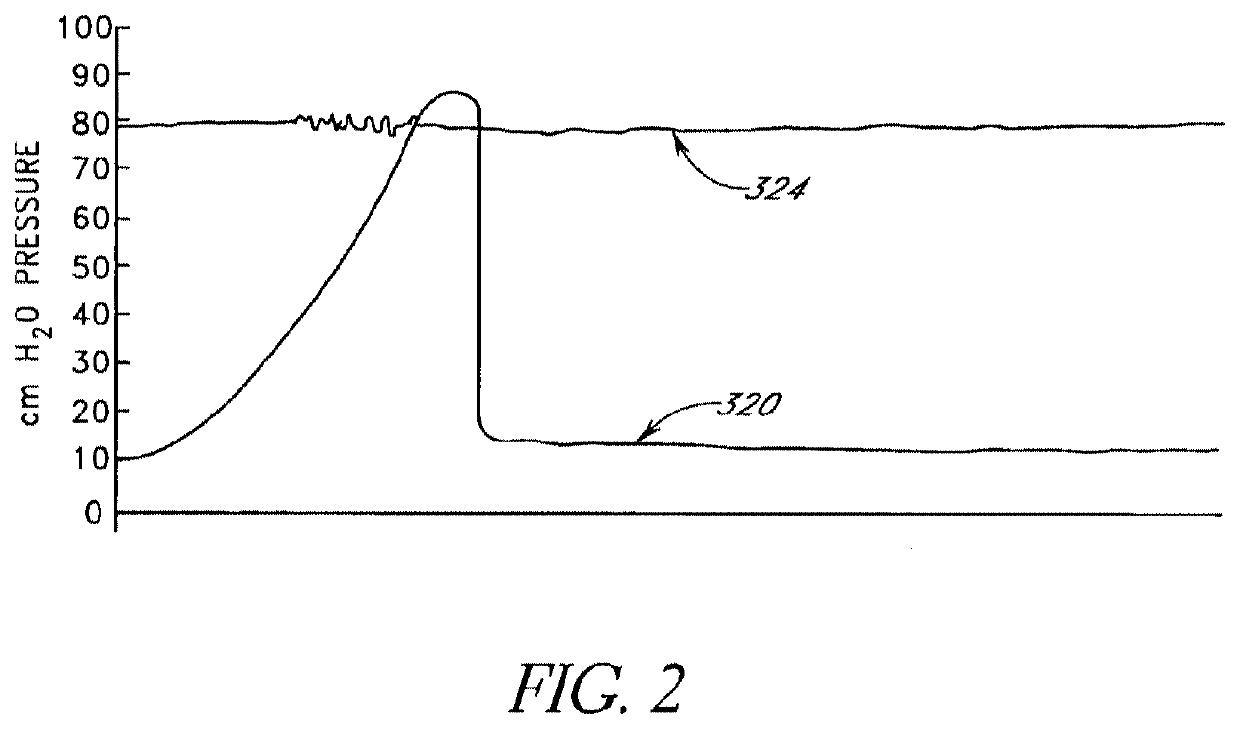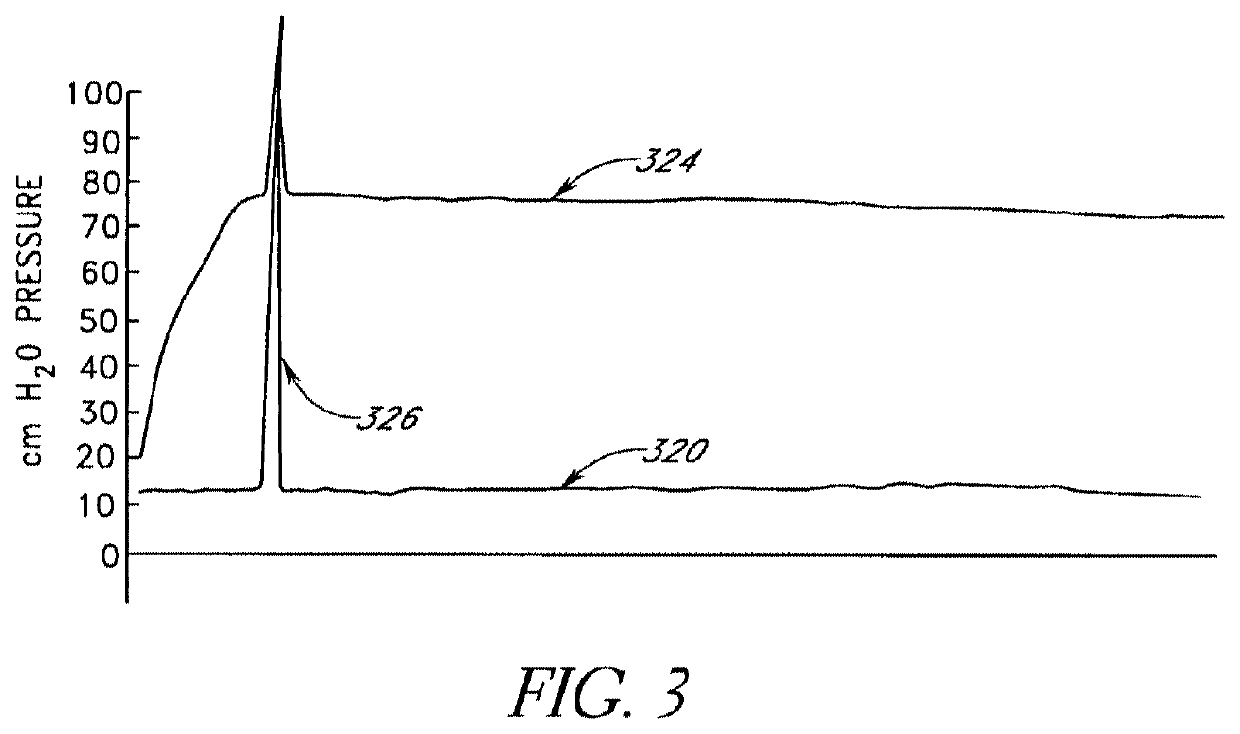Method of removing an inflated implant from a bladder
a technology of inflated implants and bladders, applied in the field of urology and gynecology, can solve the problems of destroying the integrity of a uniform wavefront and its resultant effects, affecting the function of the bladder, so as to reduce the volume of the attenuation device and increase the pressure within the bladder
- Summary
- Abstract
- Description
- Claims
- Application Information
AI Technical Summary
Benefits of technology
Problems solved by technology
Method used
Image
Examples
Embodiment Construction
[0098]Embodiments of the present invention are directed to methods and apparatus for measuring and / or attenuating and / or baffling transient pressure waves in relatively incompressible materials in organs of the body. Illustrative embodiments of the present invention discussed below relate generally to the fields of urology and gynecology, and in particular to the treatment of disorders of the urinary tract exacerbated by sudden fluctuations in intravesical pressure. However, as will be readily understood by those skilled in the art, and as described below, the present invention is not limited to the fields of urology and gynecology and methods and apparatus of embodiments of the present invention may be used in other organs of the body as well to attenuate and / or baffle pressure transients or reversibly occupy intraorgan space.
[0099]Certain embodiments of the present invention dampen transient intravesical pressure including pressure spikes experienced by the urinary tract. During a...
PUM
 Login to View More
Login to View More Abstract
Description
Claims
Application Information
 Login to View More
Login to View More - R&D
- Intellectual Property
- Life Sciences
- Materials
- Tech Scout
- Unparalleled Data Quality
- Higher Quality Content
- 60% Fewer Hallucinations
Browse by: Latest US Patents, China's latest patents, Technical Efficacy Thesaurus, Application Domain, Technology Topic, Popular Technical Reports.
© 2025 PatSnap. All rights reserved.Legal|Privacy policy|Modern Slavery Act Transparency Statement|Sitemap|About US| Contact US: help@patsnap.com



